Commentary: Twisting the truth: Extreme weather and the climate narrative
Published in Op Eds
As America braces for another storm season, only the media storms are more predictable than upcoming hurricanes and tornadoes. Often before the dust settles after natural disasters, headlines warn that gusts of wind and funnel clouds are proof the Earth is boiling.
Politicians run to blame carbon emissions while their supporters flood social media warning of the inevitable doomsday caused by climate change. It all becomes one message: If we do not pass sweeping climate legislation now, more devastation is on the horizon.
But there is one inconvenient truth for these protests: the data do not support the narrative.
As the Heritage Foundation’s chief statistician, Kevin Dayaratna points out in his new book, "Cooling the Climate Hysteria," the claim that climate change is causing more and stronger tornadoes and hurricanes in the U.S. “is unsupported by the relevant trend data.”
According to meteorologists Joe D’Aleo and Roy W. Spencer, there is no foundation to the rising rhetoric that climate change is driving an increase in storm frequency and severity. The long-term numbers within their chapters show no significant trend of increasing frequency or violence of U.S. storms over several decades. In fact, both storm types are well within their historical norms. Some have even trended downward since 1970.
Looking at hurricanes, D’Aleo finds that from 1900 to today there is no significant increase in the number of or intensity of hurricanes making landfall in the United States. Data show that some of the deadliest and most powerful hurricanes, such as the Great Galveston Hurricane of 1900, or Hurricane Camille in 1969, happened before the rise of global CO2 emissions.
Tornado data show a similar story. Spencer finds the average number of EF2-EF5 tornadoes, which cause considerable amounts of damage, have trended downwards in the past 70 years despite emissions.
There is a rise, however, in the total number of weak (EF0-EF1) tornadoes recorded from 1950-1990. This nuance can be explained by the increase in detection technology such as the Doppler radar.
With this increased ability to detect tornadoes in less populated areas, along with the overall economic growth and the spread of population, it is not that more tornadoes are appearing, but rather the fact that we have detected more of the existing tornadoes compared to previous years. This explains why since 1990 there has been a relatively flat trend line in the annual weak tornado counts.
So what explains this disconnect between perception and reality?
Headlines often point to mounting disaster damage as proof of worsening storms. This narrative confuses economic effects with meteorological intensity. While the explicit value of damage has increased, this does not consider the amount of economic growth and inflation that has occurred.
Compare an F3 tornado in an open, unoccupied field to an F3 tornado decades later in the same area that has had residences built and infrastructure put in place. Obviously, the latter tornado will cause more mayhem, but that does not change the actual intensity of its wind speed.
Or consider a home on the coast of Florida that cost $25,000 to build in 1960 but $25 million in 2020. The same hurricane would wreak more destruction in 2020 due to higher land values, construction costs and amenities in the home.
Thus, it’s important to normalize the data for accurate representation when analyzing the costs of natural disasters.
The normalized cost trend line for tornadoes was decreasing, while it remained relatively flat for hurricanes. This undermines claims that climate change is driving more destructive storms and instead points to economic trends that increase the costs of U.S. natural disasters.
Looking at the data, no statistically significant trend displaying an increase in frequency or intensity emerges among tornadoes and hurricanes. Yet, the media still spread this narrative because fear is an effective tool to advance political goals.
With every storm, there is a race to use the disaster as justification to pass radical climate legislation that raises electricity and transportation costs, such as carbon taxes, gas stove bans and internal combustion engine bans. With every additional demand to shift policy, we stop asking whether those policies are efficient, effective or necessary.
The true storm in the United States is no longer the weather. It’s political leverage. We need to understand that our climate has always been dynamic—and that now more than ever, it is human resilience, not alarmism, that is our greatest asset.
____
Diana Furchtgott-Roth is director of the Center for Energy, Climate, and Environment at The Heritage Foundation, where Ryan Strasser is a member of the Young Leaders Program.
_____
©2025 Tribune Content Agency, LLC.
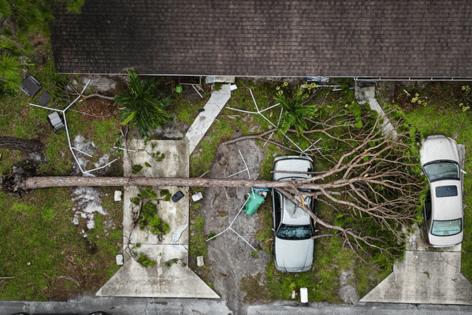


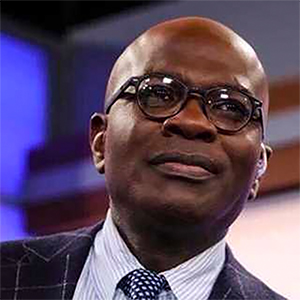



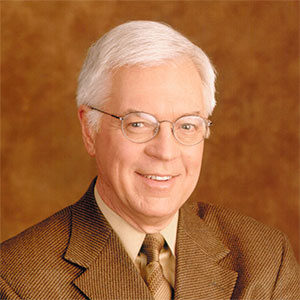







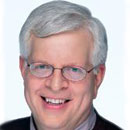







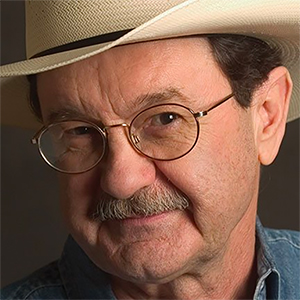

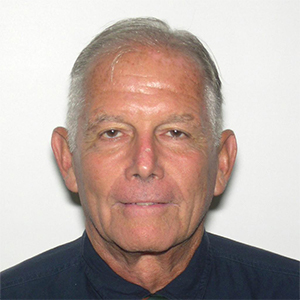

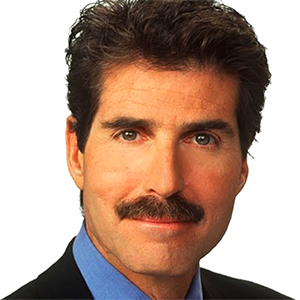

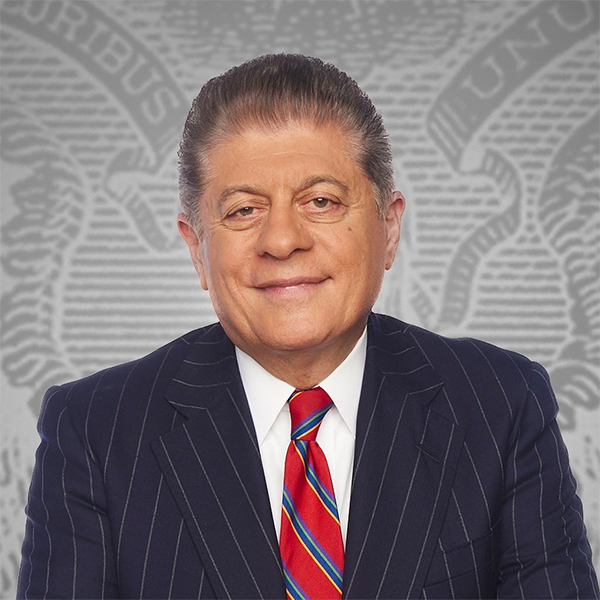







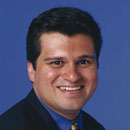
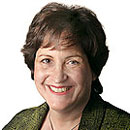











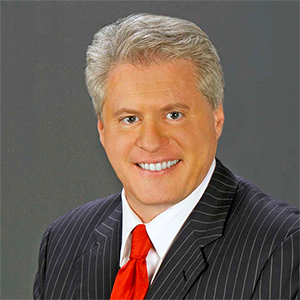
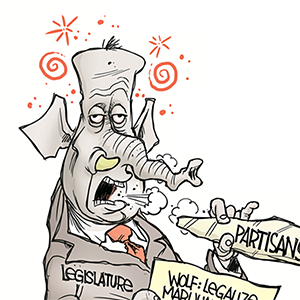
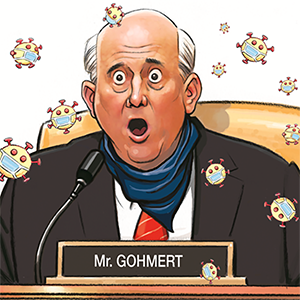




Comments